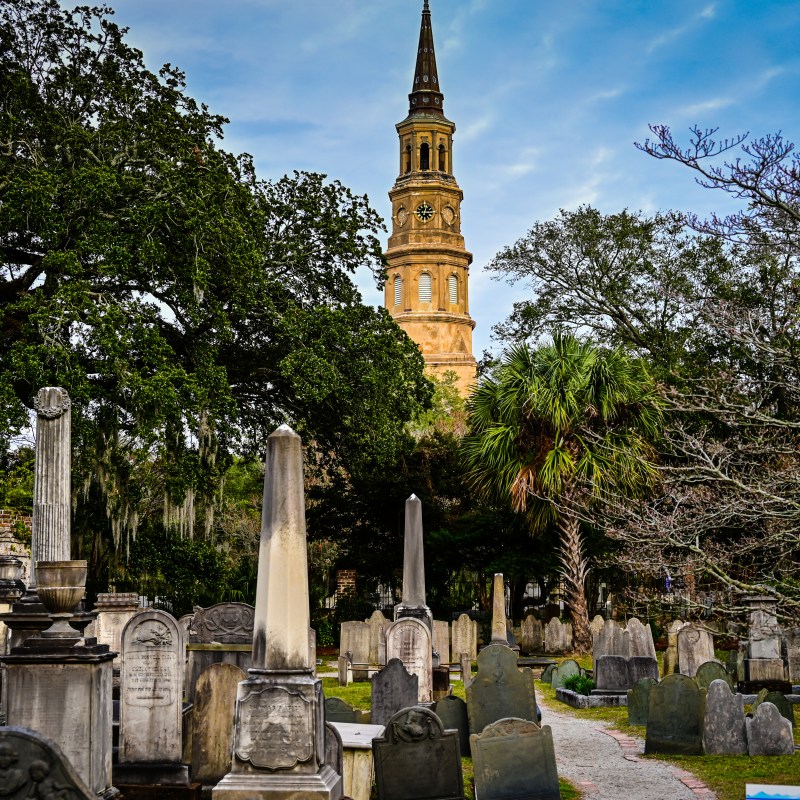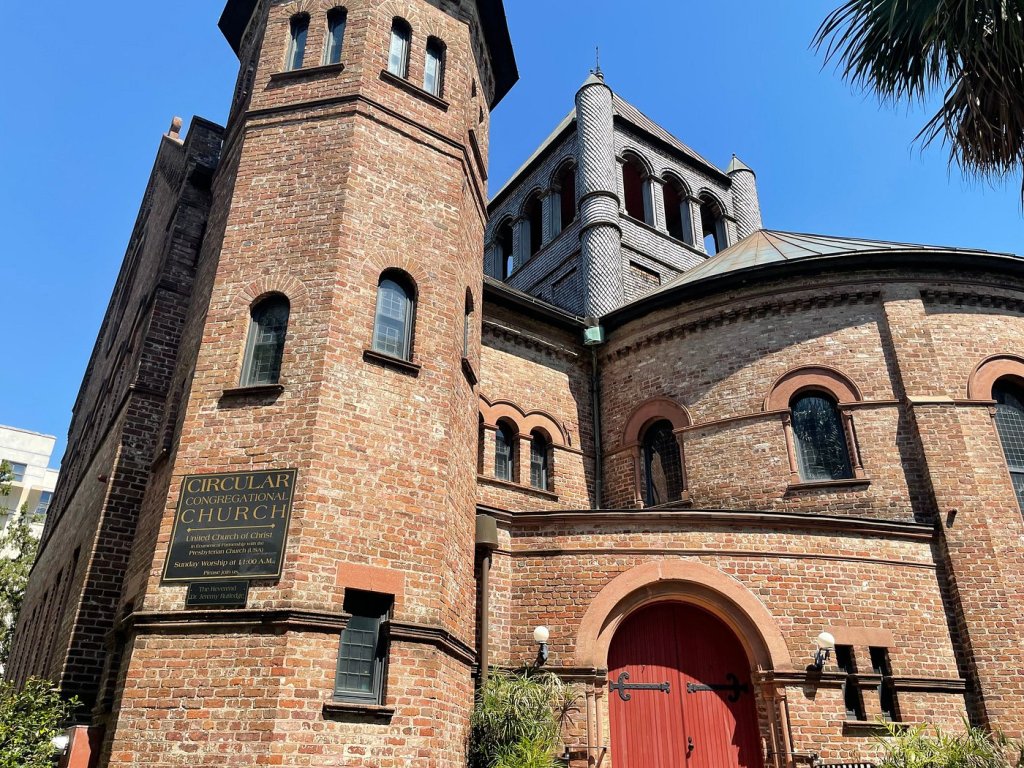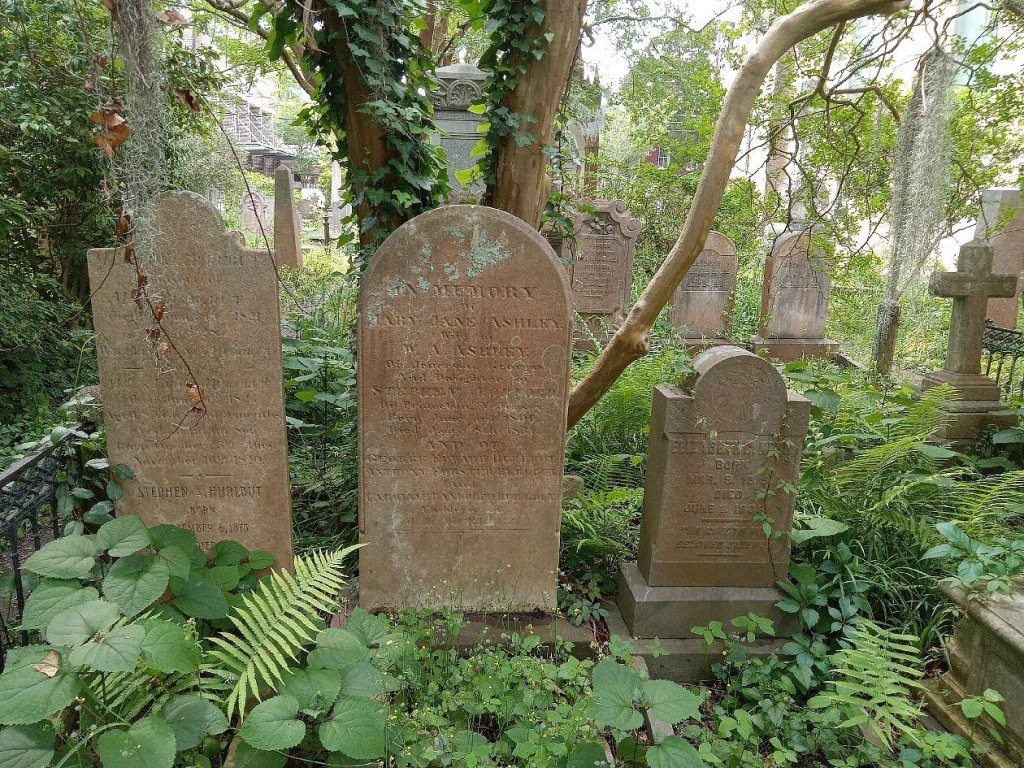
If you like tales of hauntings, you’ve probably heard Charleston, South Carolina cited as one of the US’s most haunted cities.
Videos by TravelAwaits
Much of that status is thanks to the city’s long and violent history. It was formally established by English colonists in 1670, slowly growing in size and influence over the coming decades.
It served as an important hold during the Revolutionary and Civil Wars, facing devastating uprisings, sieges, and fires. Its jails imprisoned important politicians and generals—and even infamous pirates.
Charleston was also the US’s largest slave port. In fact, scholars believe that up to one-half of all enslaved Africans were brought to Charleston before moving to other parts of the United States.
Talk about a formula for multiple centuries-long hauntings.
Today, many Americans regard Charleston as a charming and historical city that represents some of the finest markers of American culture. That rings true, especially when the city fills up in summer with families on their way to Myrtle Beach.
But locals will be the first to tell you—underneath all the city’s homegrown delights are more than a few lingering ghosts. If you’re looking for a quaint little dash of terror this Halloween season, here’s where you can find the ghosts of Charleston, South Carolina.
Denmark Vesey, Old City Jail

The Old City Jail is one of the most common stops in local ghost tours—and for good reason. The grounds are home to some of the most famous ghosts of Charleston.
For over a century, this jail housed tens of thousands of prisoners. It also served as the grounds for around 13,000 executions. Visitors report seeing and hearing ghostly apparitions and voices throughout the jail.
It’s believed that one of the most active ghosts is Denmark Vesey. Vesey was an enslaved man who later bought his freedom and organized an uprising in the city. When his attempts failed, he was detained at the Old City Jail. City records indicate he was executed at the jail in 1882.
Revolutionary War Soldiers, Circular Graveyard

Beside Charleston’s historical Circular Congregation Church is a centuries-old graveyard. The grounds were first broken back in 1681. A century later, soldiers from the Revolutionary War were buried throughout.
Visitors today report seeing ghostly figures and shadows crawling amid the gravestones before disappearing suddenly.
For those who aren’t necessarily on the hunt for ghosts, you might be content to read the centuries-old headstones as you wander the grounds during the day. They’re well-kept, offering a glimpse into the city’s past.
Blackbeard & Stede Bonnet, The Exchange and Provost Dungeon

Want to know something a little strange about the soldiers buried at Circular Graveyard? They would have been British Revolutionary War soldiers fighting to keep the colonies as part of the British Empire. (Surprise, surprise!)
In fact, many of Charleston’s most haunted relics have direct ties to the period of British colonial rule. That’s the case with The Exchange and Provost Dungeon, which was built in 1767 to house political prisoners, prisoners of war, and other undesirables in deplorable conditions—including pirates.
The prison was once home to Stede Bonnet and Blackbeard, two of the most famous pirates to cruise the American coasts. Some guests swear to see their ghostly apparitions and hear the haunted groaning of prisoners on the brink of death.
Annabel Lee, Unitarian Graveyard

What does Charleston have to do with Edgar Allen Poe? Not much aside from rumor.
According to local legends, the graveyard of the Unitarian Church is home to the famous ghost of Annabel Lee. Lee was the subject of one of Poe’s most famous poems. How she ended up in a graveyard as one of the most well-known ghosts of Charleston is less certain.
